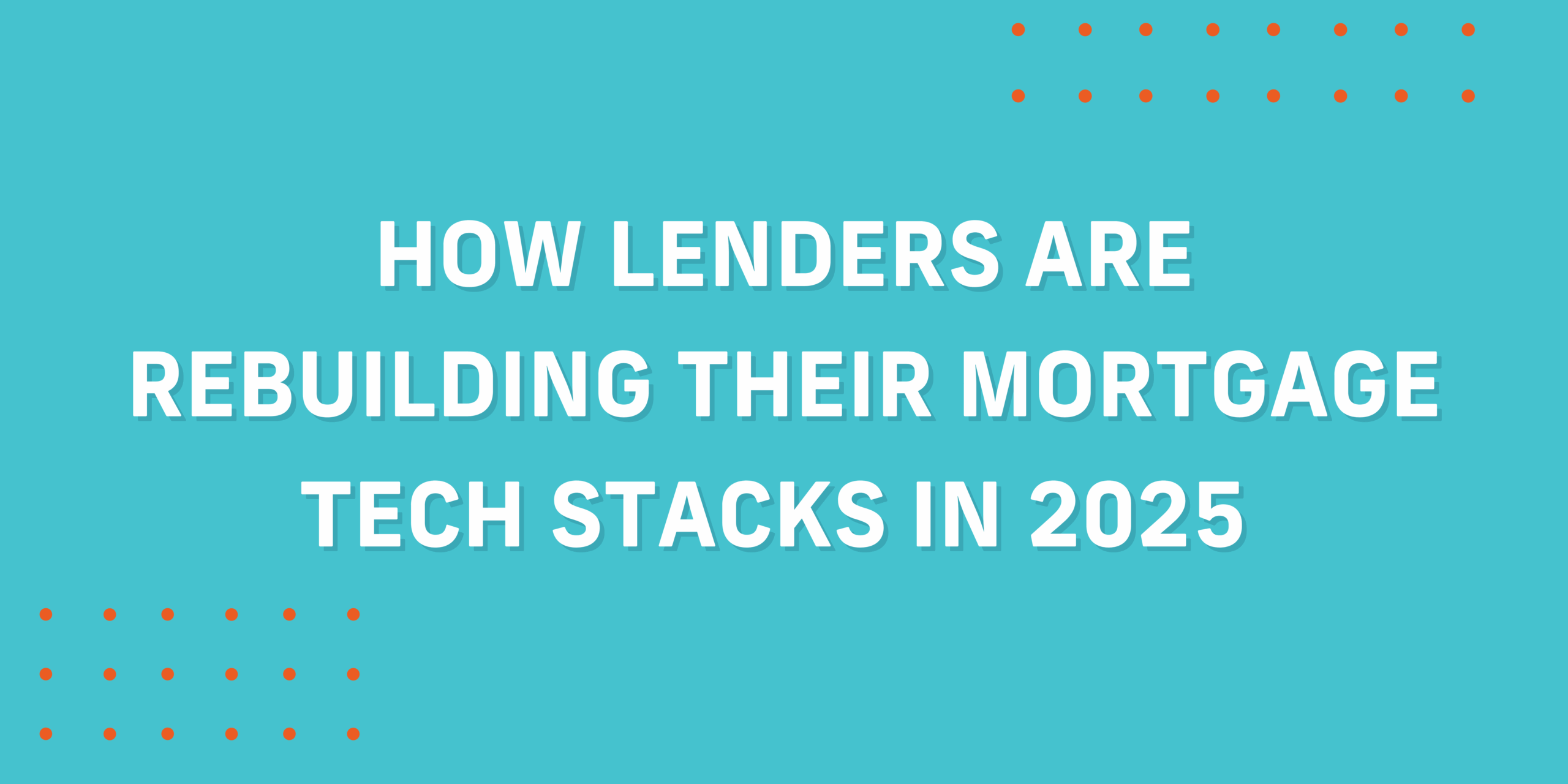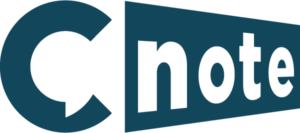How Lenders Are Rebuilding Their Mortgage Tech Stacks in 2025
In 2025, the mortgage tech stack is being reimagined. Instead of buying monolithic systems or patching legacy tools, today’s lenders are assembling modular, best-in-class software across the loan lifecycle—from lead to close to post-funding engagement.
This shift isn’t just about efficiency. It’s about survival in a market where speed, experience, and data agility are defining the winners.
What Is a Mortgage Tech Stack?
Your mortgage tech stack refers to the combined software ecosystem your team uses across the lending workflow. It includes systems for loan origination, customer relationship management, borrower communication, document processing, compliance, and retention.
Why Lenders Are Rebuilding in 2025
- Demand for automation: Manual processes are being replaced with workflow tools, income analysis AI, and smart disclosures.
- Borrower expectations: One-click applications, mobile POS, and self-service dashboards are no longer optional.
- Compliance pressure: QC and auditing tools are needed to reduce buyback risk and investor issues.
- Market consolidation: Tech flexibility helps lenders pivot faster as rates, volume, and regulations shift.
The 2025 Mortgage Tech Stack: What It Looks Like
| Stack Layer | Purpose | 2025 Trends |
|---|---|---|
| Loan Origination System (LOS) | Core workflow engine: docs, disclosures, underwriting, closing | Cloud-native LOS adoption is accelerating (e.g., Byte, Encompass, LendingPad, LoanCrate) |
| Point-of-Sale (POS) | Front-end application and borrower experience | Mobile-first, white-labeled borrower journeys now standard (e.g., BeSmartee, Pre Approve Me, Floify) |
| CRM & Marketing Automation | Lead engagement, follow-up, post-close marketing | AI-driven personalization, recapture alerts (e.g., Aidium, Surefire, Total Expert) |
| Automation & AI Layers | Loan processing, underwriting prep, chatbots | Purpose-built AI replacing manual work (e.g., Brimma, Lender Toolkit, TRAiNED) |
| Retention Tools | Refi alerts, home value tracking, rate monitoring | CRM + retention stacks are trending (e.g.,Homebot, Milo, MonitorBase, TrustEngine) |
| Compliance & QC | Loan audits, fraud checks, investor compliance | Audit automation is increasing (e.g., ComplianceEase, FundingShield, Winnow) |
How to Approach Tech Stack Rebuilding
For lenders building or rebuilding their stack, here are three key strategies:
- Go modular: Pick best-of-breed vendors that integrate, not single-platform lock-ins.
- Use verified marketplaces: Compare software using tools like Mortgage Advisor Tools to find peer-reviewed mortgage-specific solutions.
- Prioritize interoperability: APIs and native integrations reduce duplication and boost ROI.
Common Rebuild Triggers in 2025
- Converting from legacy LOS to cloud-native LOS
- Layering CRM + POS + borrower recapture systems
- Switching from manual loan processing to intelligent automation tools
- Adding AI underwriting support or income doc recognition
Compare Tech Stack Vendors Side-by-Side
On Mortgage Advisor Tools, you can explore vendors across every layer of your mortgage stack, including:
Frequently Asked Questions
What’s different about mortgage tech stacks in 2025?
Lenders are moving from single-vendor platforms to modular, API-driven stacks. The focus is on borrower experience, automation, and adaptability.
How should lenders rebuild their mortgage tech stack?
Start with your LOS, then layer in POS, CRM, and automation tools. Use peer-reviewed platforms like Mortgage Advisor Tools to compare options.
What’s the most important part of a mortgage tech stack?
It depends on your workflow—but LOS, CRM, and borrower-facing tools like POS or retention platforms are the core for most lenders.




